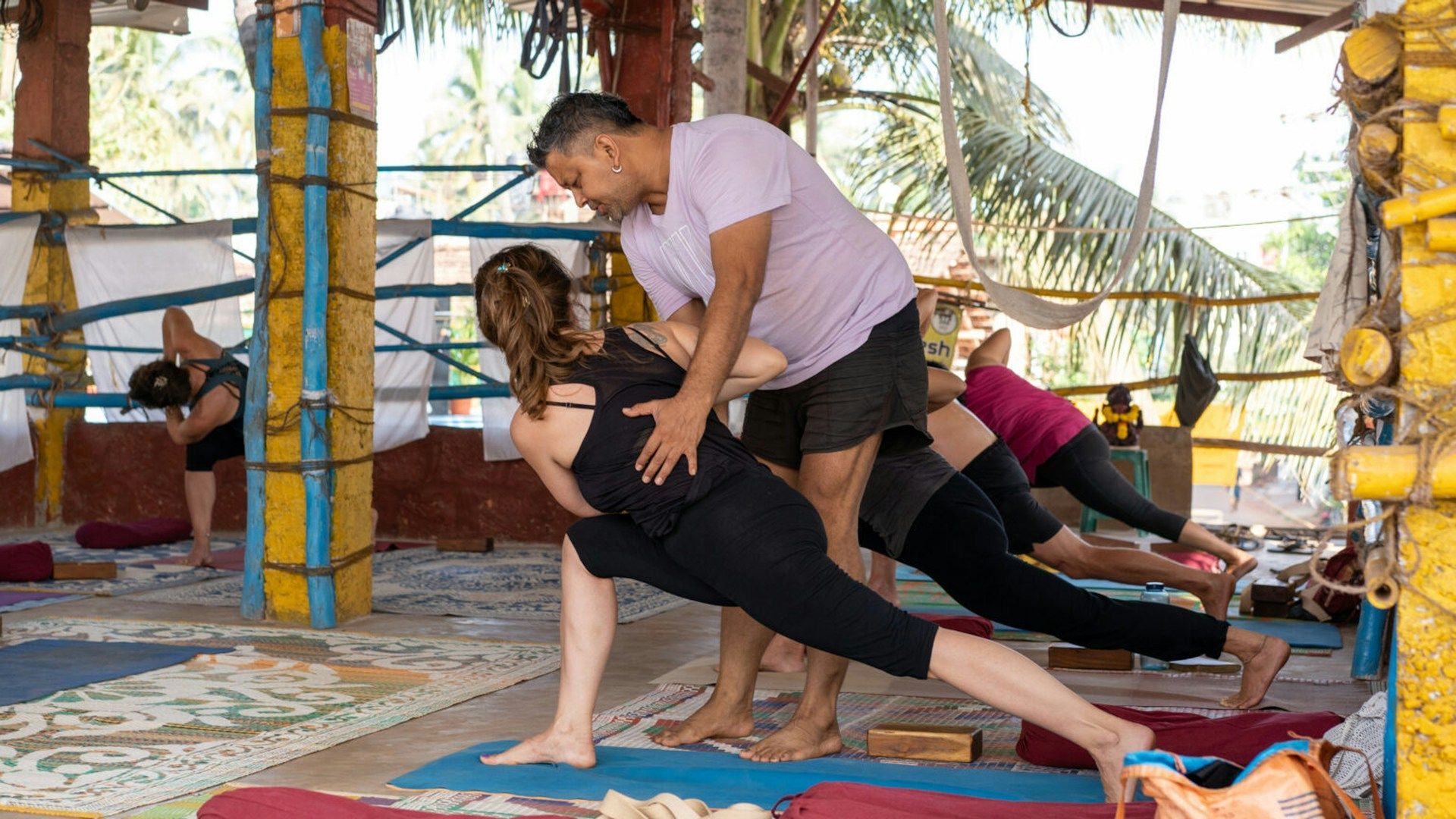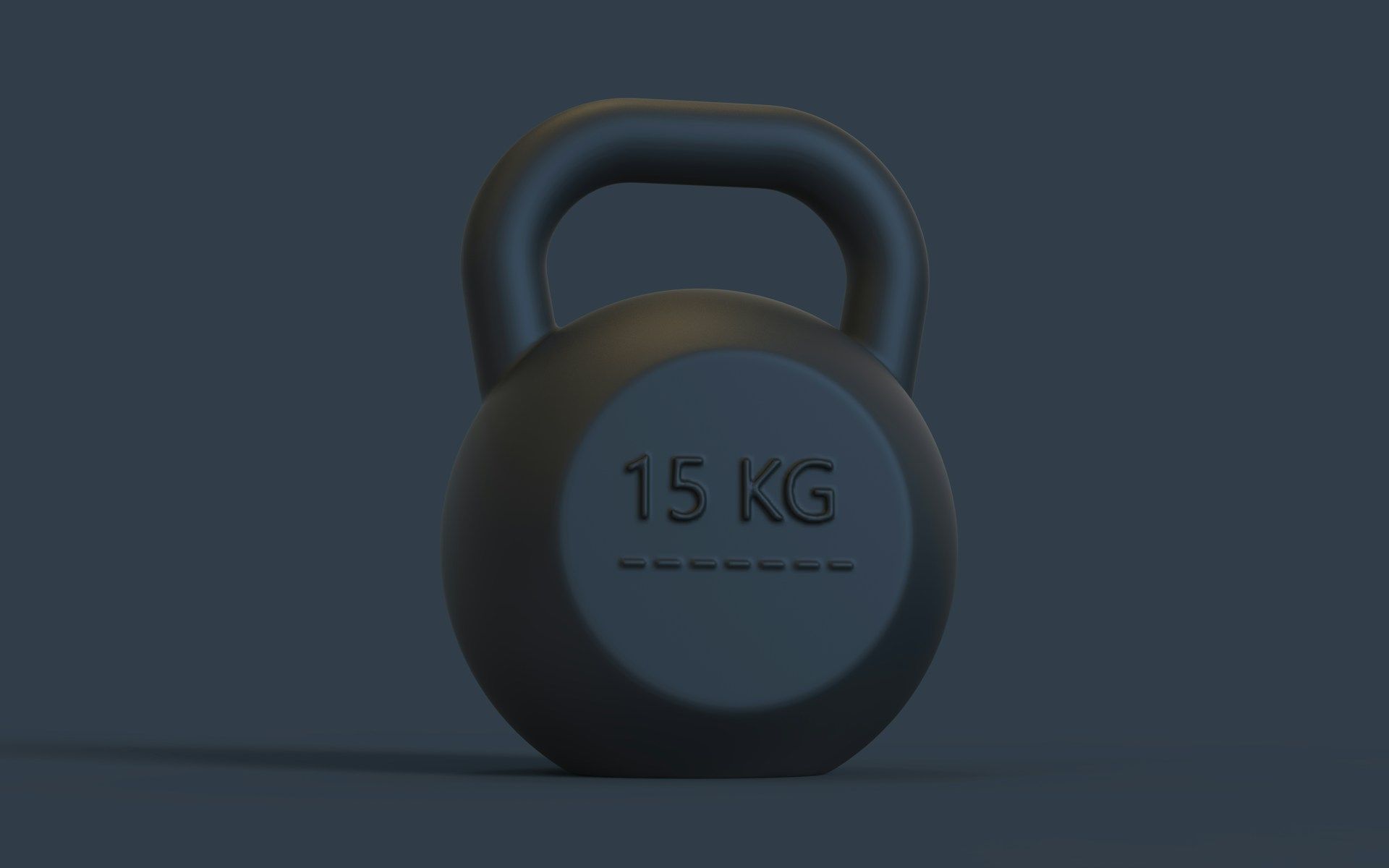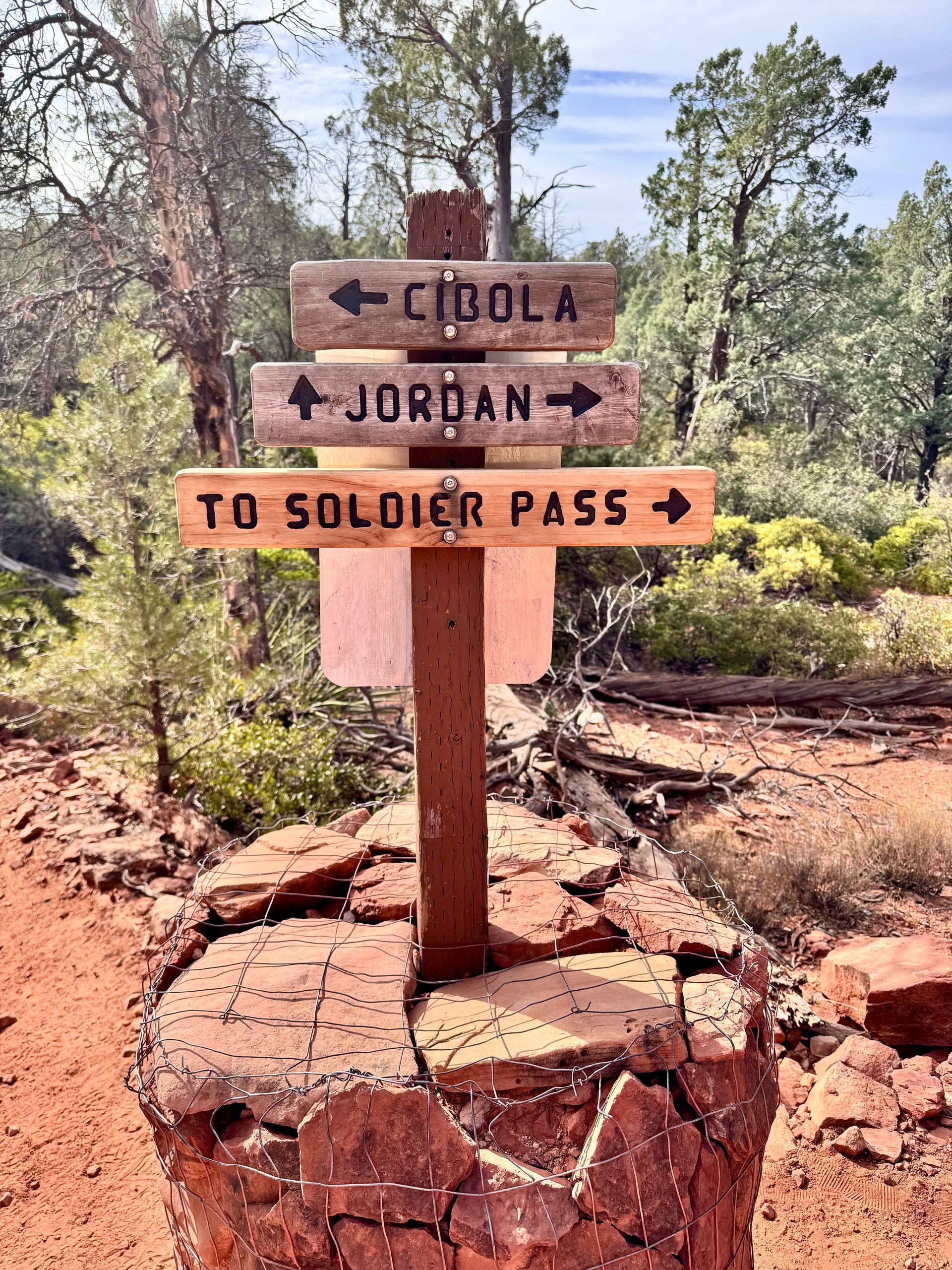6 Sedona Solo Hiking Safety Tips
I’ve been hiking in Sedona for so long, I sometimes forget that I’m in one of the wildest areas of the nation. It doesn’t feel that way at overflowing trailheads, but occasionally, the solitude of more distant treks reminds me of my mortality and the importance of taking safety measures when solo hiking.
Solo hiking can be an introvert’s dream. Who’s to laugh at you for trying to talk with one of the area’s many ravens or lingering too long watching bees play among the desert globe mallow? You can set as vigorous or idle a pace as you like and whistle the whole way without getting on anyone’s nerves.
However, you have to protect yourself. How? Here are six Sedona solo hiking safety tips.
1. Leave a Flight Plan
Your first and most vital Sedona solo hiking safety tip is to let someone in civilization know where you intend to go and when you expect to return. Providing the trail names can help, as can sending your GPS coordinates via your smartphone. If you don’t show up when anticipated, your buddy back home can direct rescue crews where to look.
If you’re not the most tech-savvy but can text pictures, do so. You’re not only sharing your journey — you’re creating an electronic record of where you’ve been in case people have to search for you.
2. Carry Plenty of Water
We can’t emphasize this next tip enough: please, carry plenty of water with you when you hike. This advice goes double if you’re from a less arid region, which is nearly everywhere. The desert is no joke, and it will dry you out like one of Georgia O’Keefe’s beloved cattle skulls.
If you watch Only in Sedona Yoga, you might have noticed I carry a 46-ounce Yeti cooler with me everywhere I go. We love this company for keeping you hydrated. They recently premiered their Rescue Red line, honoring wilderness first responders — what better way to stock up for your trek while honoring those who make your favorite pastime safer?
Another recommendation: invest in a camelback. You have an extra stash of water conveniently on your back, keeping your hands free. You can also add Molle bags for storing supplies.
How much do you need? A good rule of thumb is a half liter for each hour, but you might want to double that in the summer months. Many Sedona trails feature little to no shade, and you will dehydrate faster than you think.
3. Dress for the Occasion
Sedona weather is…interesting. I once considered it predictable. Then this past winter happened.
Suffice it to say you could experience anything from a foot of snow to triple-digit temperatures depending on the time of year. Please dress accordingly, layering in cold weather to keep you comfortable as you start to sweat:
- Inner layer: Forget cotton long johns and use merino wool, silk, or a synthetic blend to wick sweat away from your body.
- Middle layer: Your insulation. Here’s where you pile on the cozy Sherpa fleece to protect you against frigid temperatures, although many people get by with a lined vest in a typical Sedona winter (this past 2022-2023 one was not).
- Top layer: The final layer protects you from snow and wind, so look for something that repels the elements.
Another must-have is a good pair of hiking boots. Before I found mine, I’d often head out in the easiest shoes I could kick off to get a better grip on the rocks barefoot. However, there are a lot of mighty sharp things in the desert, and hiking in flip-flops isn’t a good idea even on the paved portion of the trail at Red Rock State Park.
Find a pair that fits. It might mean going into men’s sizes if you have big muppet feet like me, but it’s well worth the comfort on the trail. You need to keep your feet feeling fine and healthy to hike you out of any jams you accidentally get into.
4. Consider a Signaling Device
If you stick to the more popular trails, you won’t have too many worries about getting lost. However, it is easy as heck to take a detour on a side trail that looks like the real deal, only to end up in the middle of nowhere with zero idea where you are.
Pro-tip: You will not always have cellphone reception out here. It’s just the way it is.
Therefore, consider carrying a signaling device, just in case. A small pocket mirror does the trick in a pinch. Those with deeper pockets can invest in a handheld GPS that sends an emergency signal to a specified contact or the authorities with a touch of a button, but such tech can set you back several hundred dollars.
5. Gear Up
I used to head out on solo hikes with little but a desire to be outdoors and a prayer.
I wasn’t the sharpest tool in the shed.
Nowadays, I wouldn’t dream of heading out without my gear belt. It’s a tactical belt containing survival essentials like a multitool, knife, whistle, bear spray, compass, and basic first aid. In all my years of hiking Sedona, I have never once needed it. However, I take great comfort in knowing that it’s there if something should go awry when solo hiking.
6. Learn Basic Survival Skills
All the gear in the world won’t do you a lick of good if you don’t know how to use it. That’s why the final Sedona solo hiking safety tip is to master some basic survival skills.
At the very least, you should know:
- How to start a fire without matches
- How to perform basic first aid
- How to find water in a pinch
- How to avoid wild animal encounters
Many survival kits come with flint and steel fire strikers. You can also use your signaling mirror or even a soda can. The American Red Cross offers basic first aid and CPR classes — you might have to attend a session for your job. However, you should take advantage even if it isn’t required.
To find water in a pinch, your best Sedona bet is to head to the base of one of the many mountains. Water rolls downhill, and digging into the soil a few inches sometimes reveals a stash. Extreme adventurers might want to learn how to build a solar still in case they get caught out overnight — the desert isn’t as rich in dew as some areas.
Animals you’re likely to encounter on a Sedona solo hike include:
- Coyotes: They will generally leave you alone. However, fight back if they become aggressive, throwing stones and smacking them with your backpack.
- Javelina: These spotted peccaries will generally leave you alone if you give them the same courtesy. I once encountered a troop while solo hiking and simply went in another direction without incident.
- Bobcats and mountain lions: You’ll rarely see a mountain lion. Bobcats are more prevalent, sneaking into residential areas at times. Make plenty of noise as you hike along and stay on your feet if you encounter one, waving your arms to make yourself look larger. Do not get on the ground. Cats don’t consider 2-legged creatures prey, but the bets are off if you crouch.
- Bear: You’re more likely to encounter bear further north, but there has been the occasional report of one spotted on the trails. Make plenty of noise to alert them to your presence and don’t let Fido run ahead of you — he could lead a not-so-gentle-Ben right to you. Keep your pets leashed for their (and your) safety.
Sedona Solo Hiking Safety Tips
Solo hiking in Sedona can be an intense, spiritual experience. However, it is a wilderness, and you must take appropriate measures to protect your safety.
Follow these six tips to stay safer on your Sedona solo hike. You’ll enjoy your trek more when you feel secure.
Cool aside: The day after writing this article, I came across a woman hiking solo. She had barely begun but was ready to turn around because the trails looked way too remote for her east-coast eyes. Fortunately, I set her on the right path for the Big Park/Middle Trail Loop, which connects back to Bell Rock Pathway, and she was able to get her miles in. If you see us out on the trails during your Sedona visit, please stop and say hi! ~ J.











